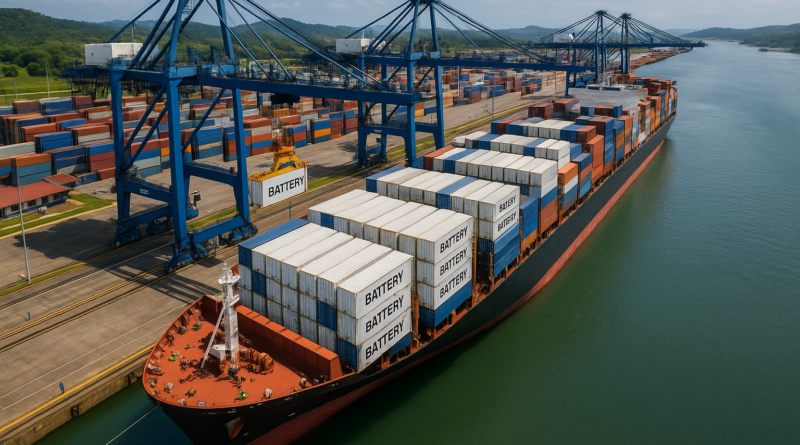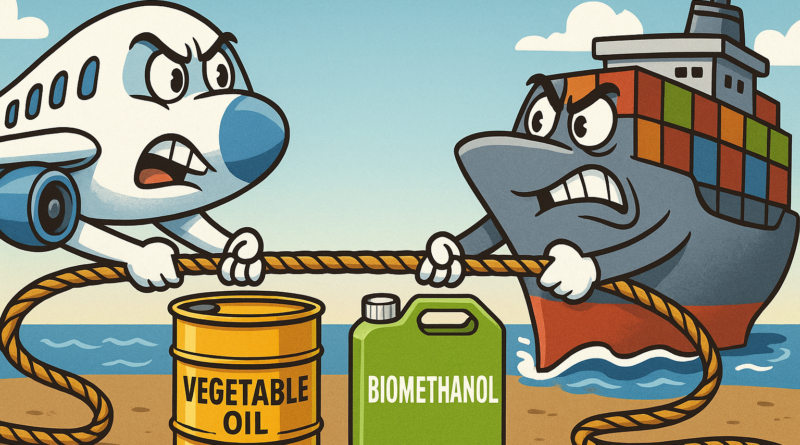Renewable-Powered Battery Swaps: Unlocking Ship Electrification At Global Canals
The Maersk McKinney Moller Institute published an analysis in late 2024 exploring the potential for battery-electric shipping. Their study rightly concluded that battery-powered ships are not only viable but increasingly competitive, driven by falling battery prices, rising energy density, and straightforward integration of battery containers onto vessels. They missed on … [continued]










